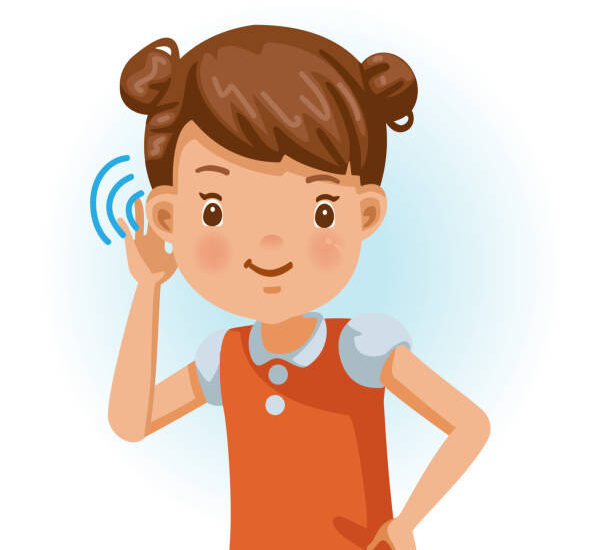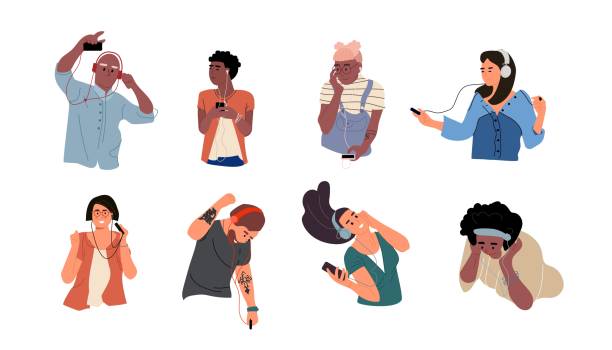Active Listening
- July 12, 2021
- Posted by: regencyalliance
- Category: News

Santosh Sachdeva
All of us can hear, but all of us cannot listen. Hearing and listening are not the same thing. Hearing is involuntary and listening involves the reception and interpretation of what is heard. It decodes the sound heard into meaning. Does a knock on the door sound the same all the time? What if you are alone and you hear a knock at late night? What happens when you hear a knock while you are expecting someone whom you like?
People generally speak at 100 to 175 words per minute but we can listen intelligently at 600 to 800 words per minute. This means most of the time only a part of our mind is paying attention; it is easy for the attention to drift. This happens to all of us. The cure: active listening.
This involves listening with a purpose. It may be to gain information, obtain directions, understand others, solve problems, share interests, see how the other person feels, even show support. This type of listening takes the same amount of or more energy than speaking. This requires the listener to hear various messages, understand the meaning and then verify
the meaning by offering feedback.
Here are some of the traits of an active listener:
• Does not finish the sentence of others.
• Does not answer questions with questions.
• Is aware of biases. We all have them… we need to control them.
• Never daydreams or becomes preoccupied with one’s own thoughts when others talk.
• Lets others talk.
• Does not dominate the conversation.
• Plans responses after the other persons have finished speaking, not while they are speaking.
• Provides feedback, but does not interrupt incessantly.
• Analyses by looking at all the relevant factors and asking open-ended questions.
• Keeps the conversation on what the speaker says…not on what interests them.
• Takes brief notes. This forces one to concentrate on what is being said.
Let’s do a test of your listening ability. Get a paper and pen. You have one minutes to do this. If you take more time, you need to improve your listening skills. Read all the instructions below before doing anything.
• Write your name in the top right corner of the paper
• Draw five small squares in the top left corner
• Put a circle around each square
• Put an X on the lower left-hand corner
• Draw a triangle around the X you just made
• Sign your name at the bottom of the page
• On the back of your page multiply 70 x 30
• Write the answer to the above problem adjacent to your signature
• Check whether you have done all the above correctly
Now that you have finished reading carefully, do only the first instruction.
How many of you listened?
Do you have authentic Vehicle Insurance? Request A Call or Request A Quote today, our customer service agents are waiting. Just DIAL 0700REGENCY

